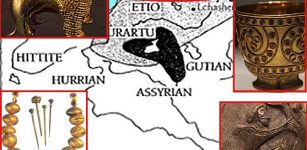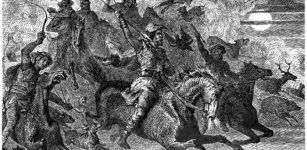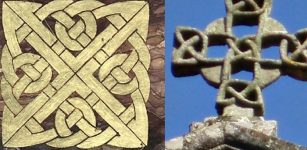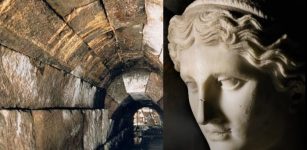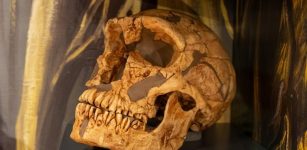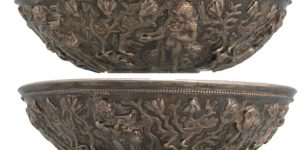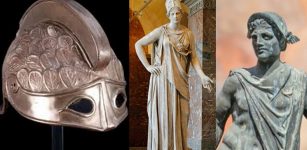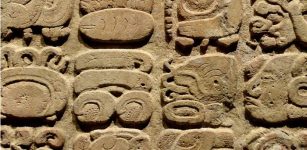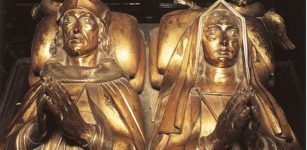Remnants Of A Royal Rest House That Served As A Temporary Residence For Pharaoh Thutmose III
Conny Waters - AncientPages.com - Archaeologists have made a significant discovery in the Northern Sinai region, unearthing the remains of a fortified mud-brick structure, identified as a royal rest house.
The architectural layout and shortageof ceramic fragments unearthed within the rest house suggest that it was presumably utilized as a royal sanctuary. Image credit: Egyptian Ministry of Tourism and Antiquities
This remarkable find sheds light on the region's rich historical heritage, the ancient Egyptian monarch's travels, and underscores the importance of ongoing archaeological efforts in uncovering and preserving such invaluable remnants of the past.
At the same time, this remarkable find provides valuable insights into the architectural and logistical arrangements made to accommodate royalty during that era.
Preliminary investigations indicate that the findings are highly probable to have originated from the New Kingdom era, specifically during the reign of the 18th Dynasty King Thutmose III, as stated by Mohamed Ismail Khaled, Secretary-General of the Supreme Council of Antiquities (SCA).
The architectural layout and shortageof ceramic fragments unearthed within the rest house suggest that it was presumably utilized as a royal sanctuary, as Khaled said.
According to Khaled, the discovery is of great importance as it sheds light on pivotal aspects of Egypt's military history, particularly in the Sinai region, during the esteemed New Kingdom era."
He convinced that work shall persist to uncover further remnants of this nature.
The architectural structure of the rest house consists of two interconnected rectangular halls accompanied by supplementary rooms, as pointed out by Hisham Hussein, General Director of Sinai Antiquities and the head of the archaeological mission.
Image credit: Egyptian Ministry of Tourism and Antiquities
Additionally, Hussein explained that the primary entrance, situated centrally on the northern facade, grants access to a more expansive hall embellished with three limestone column bases, exhibiting a remarkable level of craftsmanship.
The archaeologist also said that an adjoining smaller chamber features eastern and western ingresses, bordered by limestone column bases measuring two meters in diameter. The stone thresholds of these aforementioned entrances were among the artefacts unearthed during the excavation process.
Moreover, the excavation revealed stone thresholds demarcating the entrances to chambers and a complex of small chambers adjacent to the primary residential structure, extending in an easterly direction.
Furthermore, the mission uncovered stone thresholds at room entrances and a cluster of small rooms extending eastward from the rest house.
Image credit: Egyptian Ministry of Tourism and Antiquities
The excavation of this historic site holds immense cultural and historical significance, offering scholars an opportunity to further explore and understand the grandeur and sophistication of the Egyptian civilization during Thutmose III's reign.
Thutmose III (or Thutmose the Great) was the sixth pharaoh of the 18th Dynasty. Officially he ruled Egypt from 28 April 1479 BC until 11 March 1425 BC, commencing with his coronation at the age of two and concluding with his death, aged fifty-six.
Thutmose III is considered as one of the greatest warriors, military commanders, and military strategists of all time, as Egypt's preeminent warrior pharaoh and conqueror, and as a prominent figure in the New Kingdom period.
He became sole ruler after Hatshepsut's death, and conducted no fewer than 17 campaigns, up to 20 in total, all victorious, while expanding Egypt's empire to its largest extent.
“Significantly, the site served as a cemetery (Hebwa 2) during the Third Intermediate Period, housing locally made amphorae used in child burials from the 21st to the 25th Dynasties,” according to the statement.
Written by Conny Waters - AncientPages.com Staff Writer






